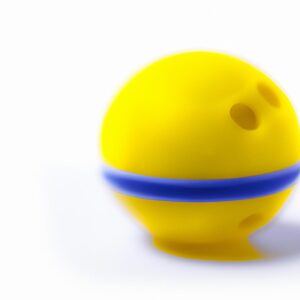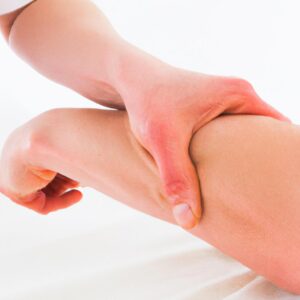**”Utilizing GPS Watches to Analyze Recovery Patterns: Understanding How Tracking Your Heart Rate Variability Post-Workout Can Enhance Your Training Strategy”**
# Utilizing GPS Watches to Analyze Recovery Patterns: Understanding How Tracking Your Heart Rate Variability Post-Workout Can Enhance Your Training Strategy
In the world of fitness, the focus has often been on performance metrics like speed, distance, and endurance. However, an equally important aspect of training is recovery. With the advent of GPS watches and advanced fitness trackers, athletes can now harness the power of technology to analyze recovery patterns through heart rate variability (HRV) monitoring. Understanding HRV can provide valuable insights into your body’s recovery status, allowing for a more tailored and effective training strategy. This blog post explores how utilizing GPS watches to track HRV post-workout can optimize your fitness regimen.
## What is Heart Rate Variability?
Heart rate variability refers to the variation in time intervals between heartbeats. Unlike a steady heartbeat, a higher HRV indicates a greater level of adaptability and resilience in the autonomic nervous system. This variability is influenced by numerous factors, including stress, sleep, hydration, and overall fitness levels.
### Why Monitor HRV?
Monitoring HRV post-workout can help you understand how your body responds to training stress. A higher HRV often signifies effective recovery and a body ready for the next workout, while a lower HRV may indicate fatigue or inadequate recovery, suggesting that it might be wise to scale back intensity or allow for more rest.
## How GPS Watches Facilitate HRV Tracking
Modern GPS watches come equipped with heart rate monitors that can track HRV in real-time. These devices use photoplethysmography (PPG) technology to measure blood flow and calculate heart rate patterns. By analyzing this data, athletes can gain insights into their recovery process.
### Features to Look For
When choosing a GPS watch for HRV tracking, consider the following features:
– **Continuous Heart Rate Monitoring**: This provides a comprehensive overview of your heart rate throughout the day, not just during workouts.
– **HRV Analysis**: Some watches provide detailed HRV analysis, often through a companion app, where you can track trends over time.
– **Recovery Recommendations**: Certain models offer insights and suggestions based on your HRV data, helping you make informed decisions about your training regimen.
## Nutrition Tips for Optimizing Recovery
After a workout, your body needs the right nutrients to recover effectively. Here are some nutrition tips to enhance your recovery:
### Hydration is Key
Staying hydrated is crucial for optimal physiological function. Post-workout, drinking water or electrolyte-rich beverages helps replenish lost fluids.
### Focus on Protein
Incorporate a source of protein within 30 minutes after your workout. This helps repair muscle tissue and promotes recovery. Good options include protein shakes, Greek yogurt, or chicken.
### Include Carbohydrates
Replenishing glycogen stores is essential for recovery. Consuming complex carbohydrates such as brown rice, quinoa, or sweet potatoes can effectively replenish energy levels.
### Don’t Forget Healthy Fats
Incorporating healthy fats like avocados, nuts, and olive oil can help reduce inflammation and promote recovery.
## Exercise Advice for Recovery
Incorporating recovery-focused workouts into your training plan is essential. Here are some exercise tips:
### Active Recovery Days
Consider scheduling active recovery days that include low-intensity activities like yoga, walking, or cycling. These help promote blood flow without putting additional strain on your body.
### Listen to Your Body
If your GPS watch indicates a lower HRV, it may be a sign that your body needs more rest. Don’t hesitate to adjust your training plan accordingly.
### Incorporate Stretching and Foam Rolling
Post-workout stretching and foam rolling can alleviate muscle tightness and improve flexibility, aiding recovery.
## Health Benefits of Tracking HRV
Utilizing GPS watches to monitor HRV offers several health benefits:
### Enhanced Recovery
By identifying recovery patterns, athletes can optimize their training schedules, avoiding overtraining and enhancing overall performance.
### Stress Management
Tracking HRV can also provide insights into stress levels. High stress can negatively impact recovery, and understanding this connection can help individuals make better lifestyle choices.
### Improved Sleep Quality
Monitoring HRV may also correlate with sleep quality. A higher HRV is often associated with deeper and more restorative sleep, which is critical for recovery.
## Conclusion
In summary, utilizing GPS watches to track heart rate variability post-workout offers invaluable insights into your body’s recovery patterns. By understanding HRV, you can optimize your training strategy, enhance recovery through proper nutrition and exercise, and reap significant health benefits. Embracing this technology not only elevates your fitness game but also fosters a greater awareness of your body’s needs, ultimately leading to more effective training and improved performance.















Post Comment